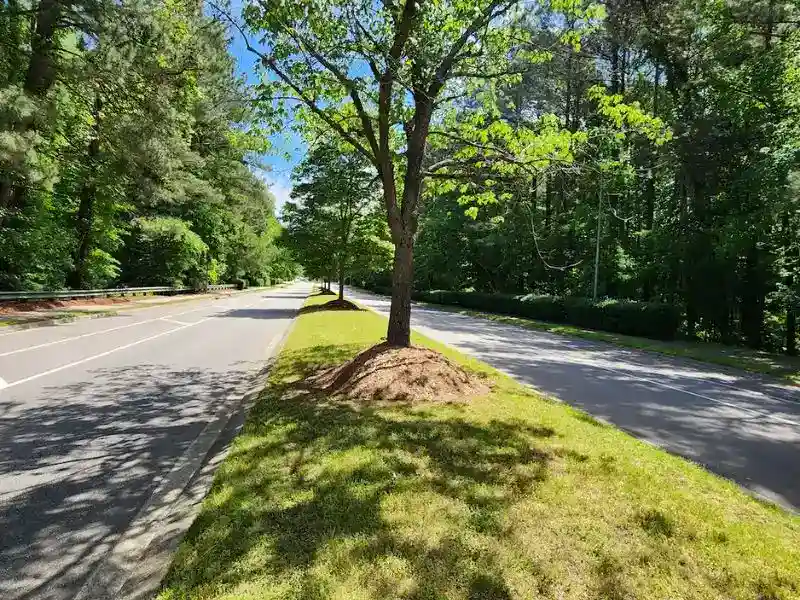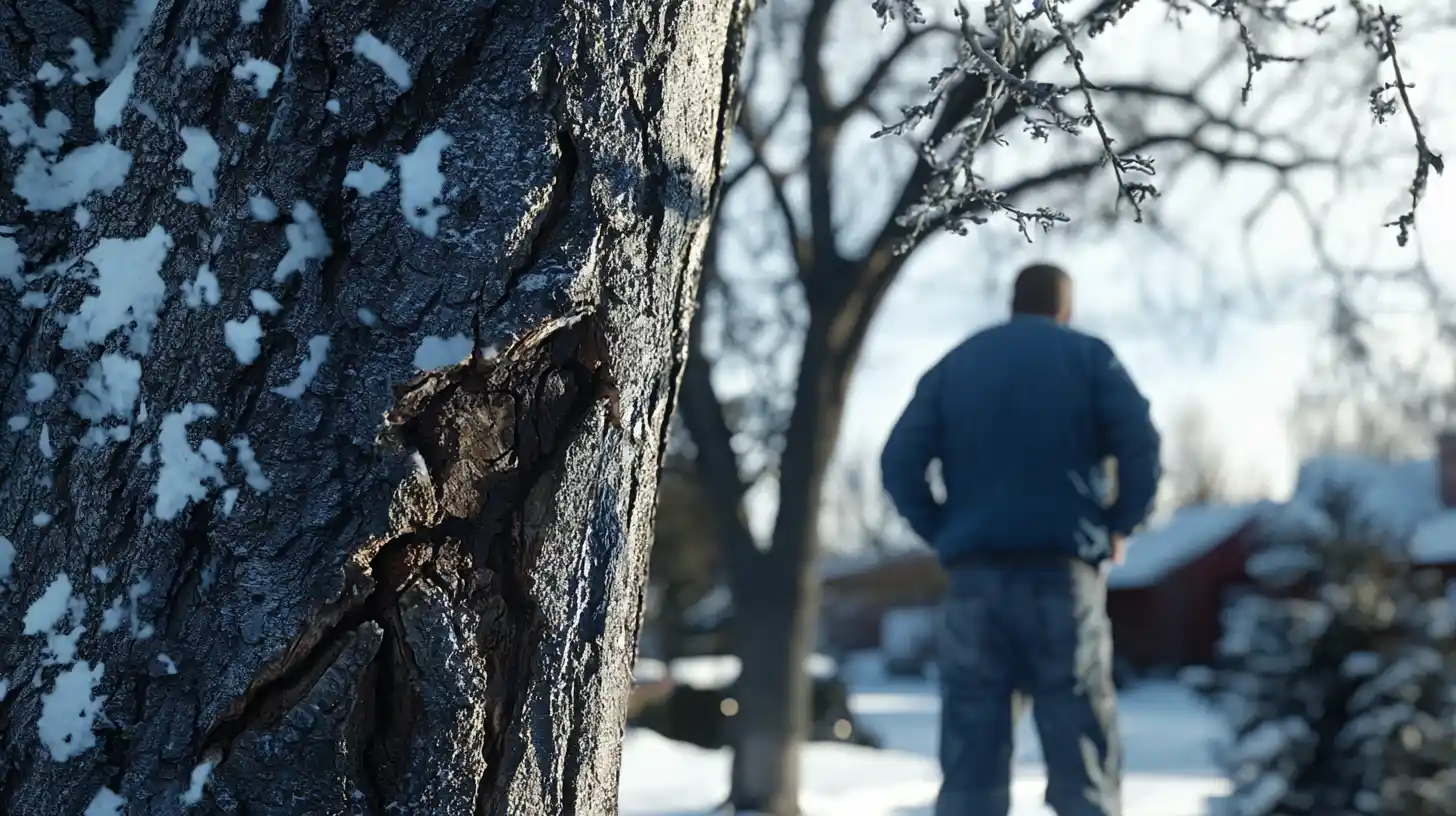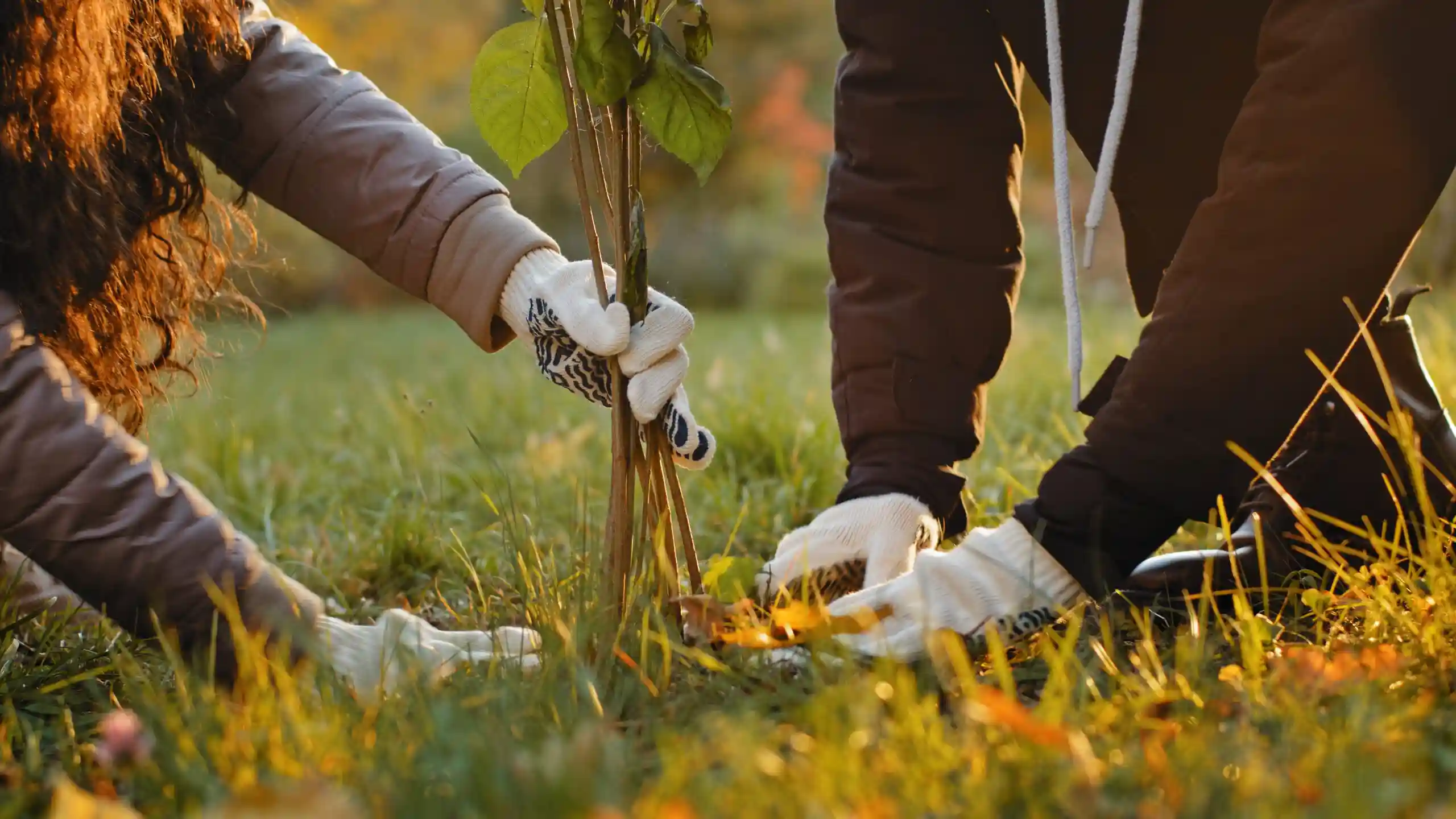Why prune trees?
Tree pruning is an important part of tree care, but it’s important to know when to prune your trees for the best results. Pruning at the wrong time can damage your trees and make them more susceptible to pests and diseases.
There are many reasons to prune trees, including:
- To improve tree health: Pruning can help to remove dead, diseased, or damaged branches, which can improve the overall health of the tree.
- To control tree size and shape: Pruning can be used to control the size and shape of a tree, which is especially important for trees that are planted near power lines or other structures.
- To encourage flowering and fruiting: Pruning can also be used to encourage flowering and fruiting in fruit trees.
- To improve safety: Pruning can help to improve safety by removing dead or damaged branches that could fall and injure people or property.
When to prune trees
The best time to prune most trees is during the dormant season, which is typically late fall or winter. This is because trees are less active during the dormant season, so they are less likely to be stressed by pruning.
However, there are some exceptions to this rule. For example, fruit trees should be pruned at specific times of the year to maximize flower and fruit production. Additionally, some trees, such as maples, bleed sap when pruned during the dormant season. For these trees, it is best to prune in the summer after the leaves have emerged.
Here are some general guidelines for when to prune different types of trees:
- Fruit trees: Prune fruit trees after they have fruited and before new growth begins in the spring.
- Flowering trees: Prune flowering trees after they have bloomed.
- Shade trees: Prune shade trees during the dormant season, late fall or winter.
- Evergreen trees: Prune evergreen trees during the dormant season, late fall or winter.
How to prune trees
When pruning trees, it is important to use sharp tools and make clean cuts. Avoid pruning too much at once, and do not prune more than one-third of the tree’s canopy in a given year.
Here are some basic tips for pruning trees:
- Remove dead, diseased, or damaged branches.
- Remove branches that are crossing or rubbing against each other.
- Remove suckers (small branches that grow from the trunk or base of the tree).
- Thin out crowded branches to improve air circulation and light penetration.
- Shape the tree by removing branches that are out of place or that are growing in an undesirable direction.
If you are not comfortable pruning trees yourself, you can hire a professional tree pruner. A professional tree pruner will have the knowledge and experience to prune your trees safely and effectively. Regular tree pruning is an important part of tree care. By knowing when to prune your trees and how to prune them properly, you can help to improve their health, appearance, and safety.



